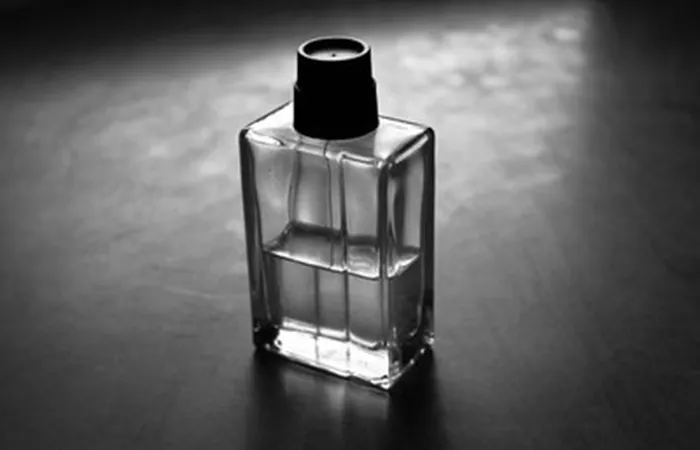Chinese skincare brand Lin Qingxuan has filed for a Hong Kong IPO, positioning itself as the first premium domestic beauty listing. The company reported impressive financial growth:
- Revenue: RMB691M (2022) → RMB805M (2023) → RMB1.21B (2024)
- Net Profit: -RMB5.9M (2022) → RMB84.5M (2023) → RMB187M (2024)
- Gross Margin: 78% → 81.2% → 82.5%
Where the Money Goes
The company allocates 30% of revenue to marketing (RMB365M in 2024, +95% YoY), far outpacing its 50.3% revenue growth. This dwarfs its R&D investment:
- R&D spending: 3% of revenue (RMB30.4M in 2024)
- R&D staff: 64 employees (3.1% of workforce)
- Marketing staff: 1,739 employees (85.2% of workforce)
Channel Shifts and Operational Risks
Lin Qingxuan is undergoing significant distribution changes:
- Online sales grew from 45.2% to 59.1% of revenue (2022-2024)
- Self-operated e-commerce now delivers 52.5% of total sales
- Physical stores shifted from 51.3% to 32.9% of revenue
Regulatory Stumbles
The brand faces growing pains in marketing compliance:
- February 2024: Fined RMB21,000 for unsubstantiated “anti-aging” claims
- 2021: Penalized RMB50,000 for misleading “skin repair” claims
- Consumer complaints cite allergic reactions and refund issues
The Luxury Pricing Paradox
Founder Sun Laichun’s vision to join the “world’s top five cosmetic families” faces market skepticism:
- Controversial products:
- RMB1,700 camellia perfume (compared to Hermès at RMB1,460)
- RMB2,600 luxury serum (only 27 units sold on Tmall)
- Social media backlash over price hikes
The Chinese Beauty Conundrum
Lin Qingxuan exemplifies systemic challenges in China’s beauty sector:
- Over-reliance on marketing-driven growth
- Formulaic product development
- Premium pricing without commensurate brand equity
With its current 30:3 marketing-to-R&D ratio, the company’s luxury aspirations may remain aspirational unless it can demonstrate genuine product innovation that justifies its premium positioning.
Related topics:


